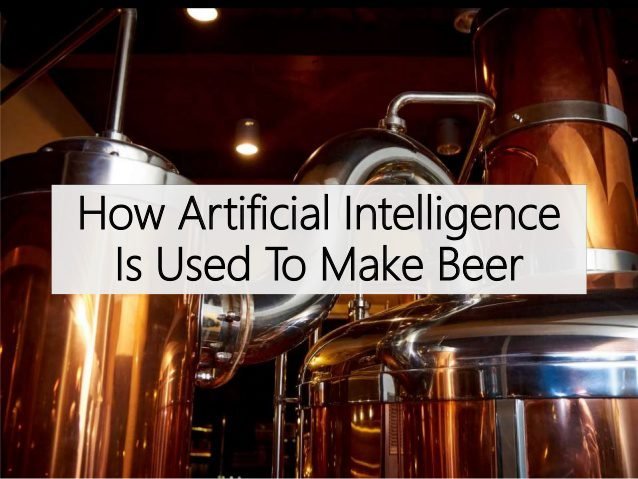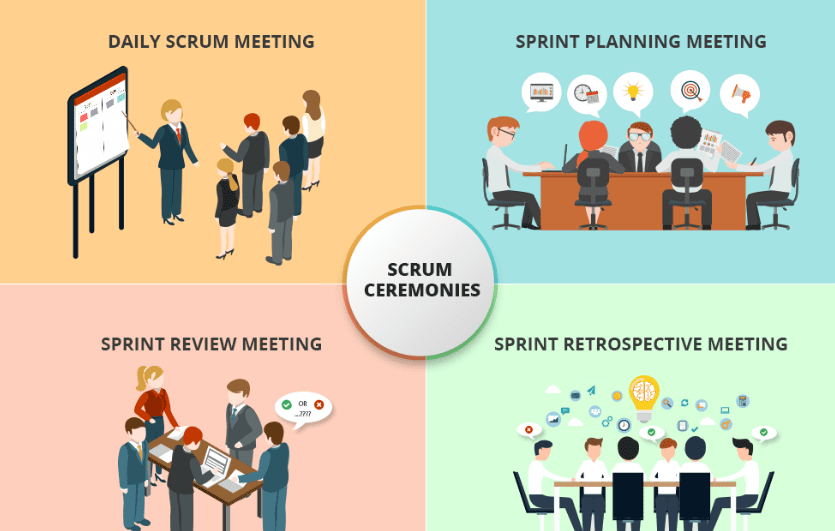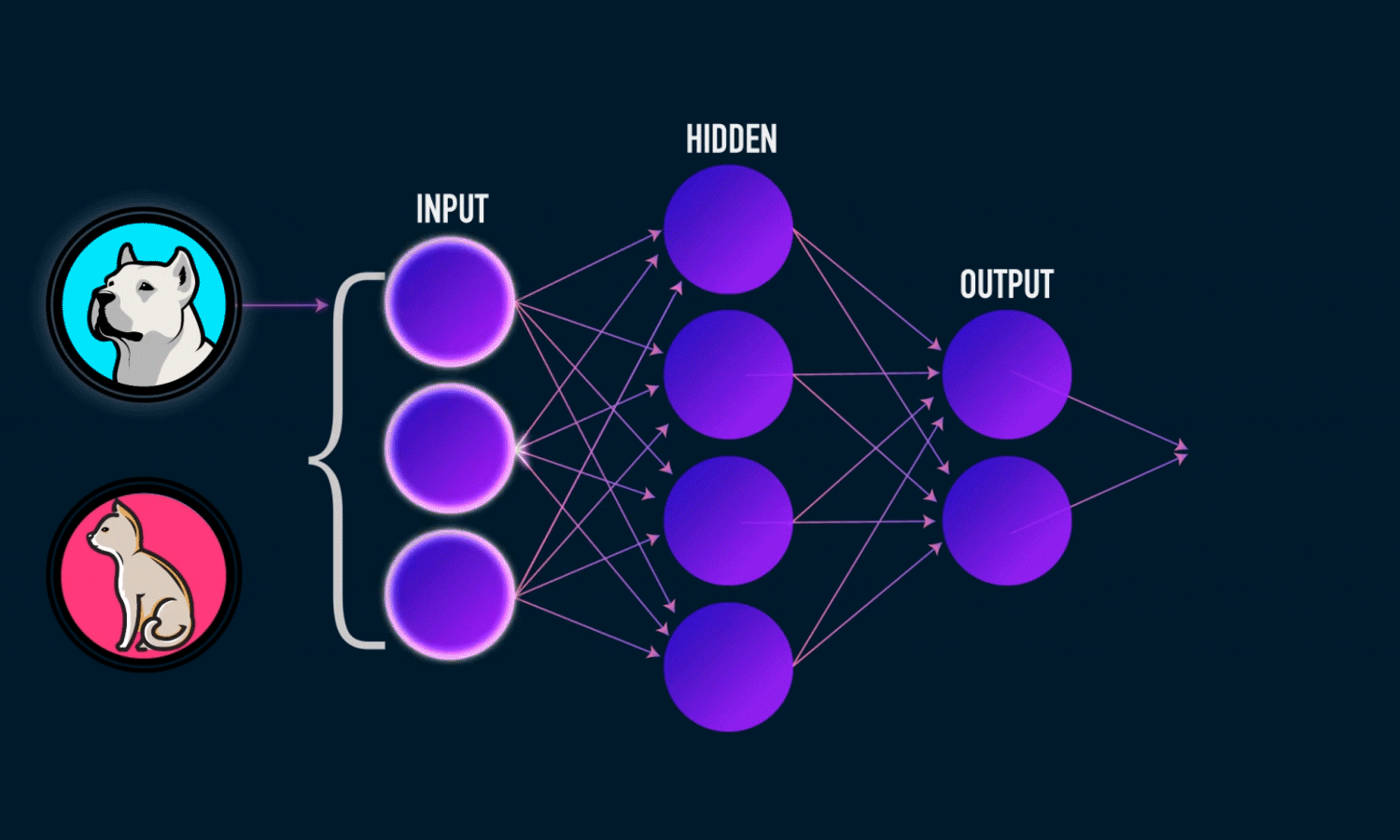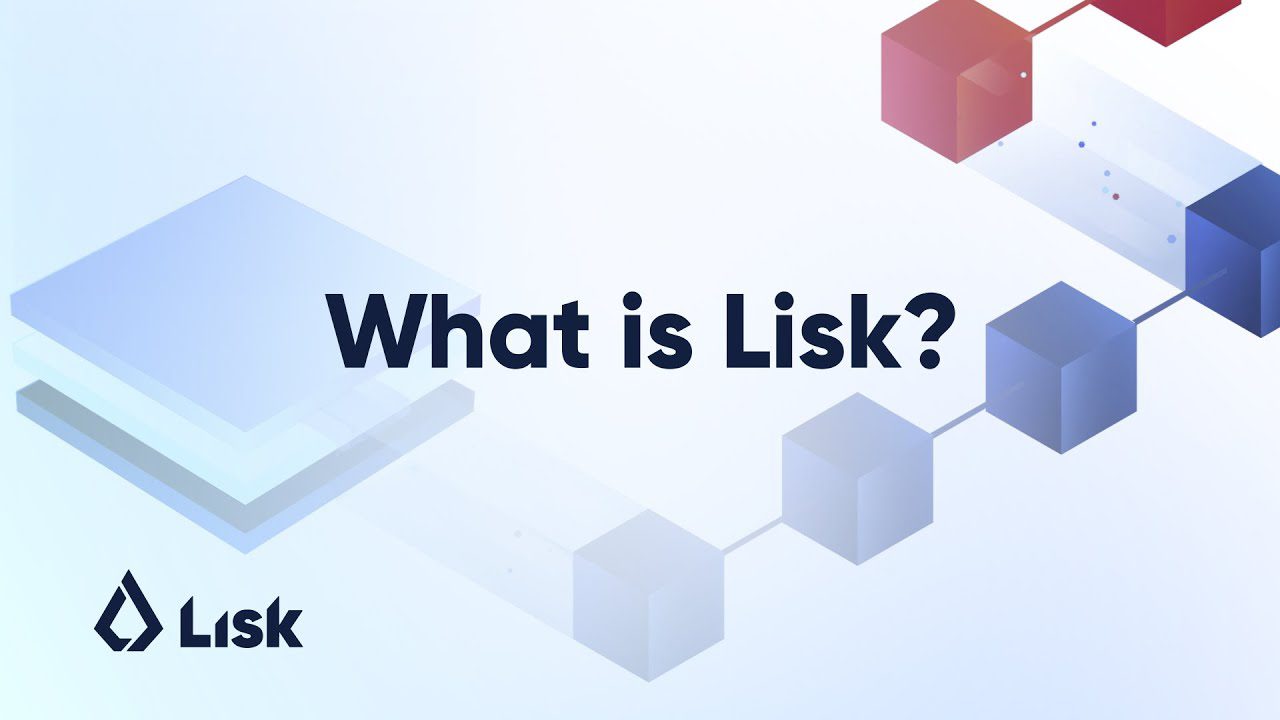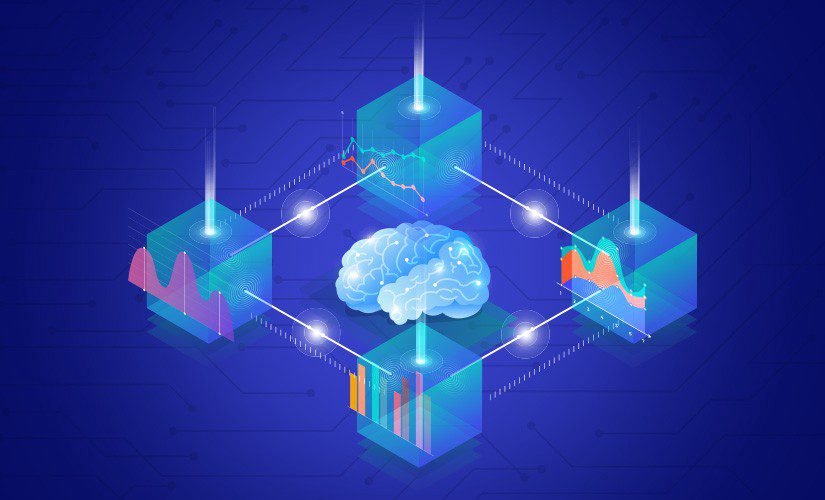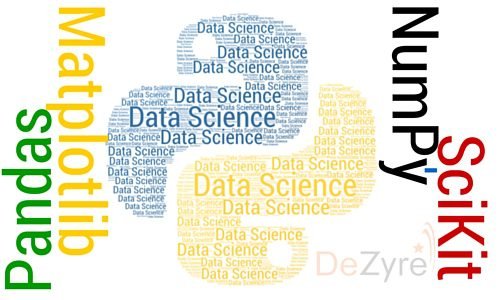AI is now being used in beer brewing -from creating unique beer recipes to adapting recipes as per customer feedback. AI is doing it all…
With the advent of the digital revolution, Artificial Intelligence (AI) has gained immense impetus in recent years. Today, everyone is connected to everything because of the growing importance of the Internet of Things. Right from the time, you wake up until the time you close your day, technology plays a key role in taking you forward.
Alexa and Siri have now become household names and no doubt, why “Her” was a blockbuster in the cinemas. AI and Machine Learning are here to make your work easier, and your life smoother. It is also brilliant to know how even breweries today are using AI to enhance their beer production.
Brewed with AI
As discussed earlier, digitization and technology have significantly impacted our lives across spectrums, and there are several examples of various companies that have started employing AI in their processes to serve their customers better. Breweries are nowhere behind in this race of digitization, so let us discuss a few examples of how they are using AI in order to enhance the experience of the consumers.
Intelligent X
Intelligent X is one of the best examples of how a platform employed AI to enhance their beer. It came up with the world’s first beer, which is brewed with Artificial Intelligence Course and advances itself progressively based on customer feedback. They use AI algorithms and machine learning to augment the recipe and adjust it in accordance with the preferences of the customers. The brewery offers four types of beer for the customers to choose from:
- Black AI
- Golden AI
- Pale AI
- Amber AI
In order to brew the perfect beer that pleases all your senses, all you need to do is sign up with IntelligentX, train their algorithm according to what appeals to your palate, and you are good to go. In addition to this, you can follow the URL link on your beer can and give your feedback so that they can create a beer you would like. These beers come in classy and minimally designed black cans that reflect their origin and give a feeling that what you are experiencing is the beer from the future.
Champion Brewing
Another example of a very intelligent deployment of AI in brewing beer is that of Champion Brewing. They used machine learning in the process of developing the perfect IPA. They took the big step by initially getting information regarding the best and the worst IPA selling companies to get an insight into how to go about the entire project. Based on the same, did they determine the algorithm of brewing the best IPA with their AI?
RoboBEER
An Australian research team found out that the form of a freshly poured beer affects how people enjoy it. Building on to this, they created RoboBEER, which is a robot that can pour a beer with such precision that can produce consistent foam, pour after pour. These researchers also made a video of how the RoboBEER poured the beer tracked the beer color, consistency, bubble size, and all the other attributes. They then showed the same videos to everyone who participated in the research in order to get seek their feedback and thoughts with regard to the beer’s quality along with its clarity.
Conclusively, this shows how AI has become the nascent yet a very preferred trend, which is even being followed by the breweries around the world. It has added an unusual turn to the way the perfectly brewed well-crafted beer makes its way to your glass. With the help of this ever-evolving technology, we can anticipate our favorite drinks to be made precisely in accordance with our preference only with the help of your smartphone.
By deriving minutest of the insights right from the foam of the beer till the yeast used in the same, companies these days are striving to deliver their best with the help of immense research and execution from the ideation derived from their research amalgamating it with AI and Machine Learning. Looking at the various examples, we can surely say that we are living in the future in the present.
For more information you can also visit – Imarticus Learning contact us through the Live Chat Support or can even visit one of our training centers based in – Mumbai, Thane, Pune, Chennai, Bangalore, Delhi and Gurgaon.

